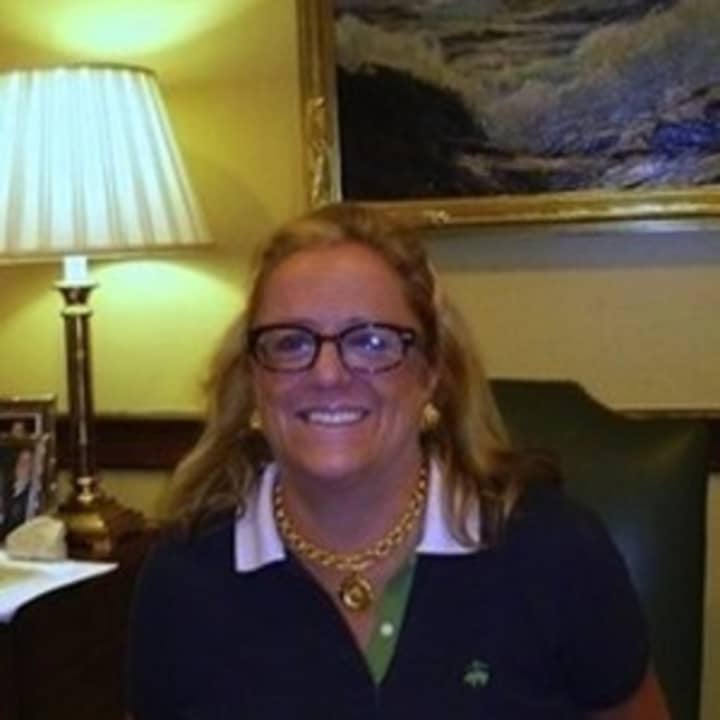Property revaluation, completed in our village in 2007, has been recently undertaken by nearby communities, including Mamaroneck and Scarsdale, is on the drawing board in Yonkers for the coming fiscal year, and was the deciding issue in the recent Ossining election. (Residents voted in the slate committed to continuing the revaluation already under way). Our neighbors in Eastchester have not revalued in 50-plus years, and Mount Vernon holds the record for a revaluation, last done in 1898.
The above municipal initiatives are required because New York State leaves the process in local control. Not even our county will commit to a Westchester-wide property revaluation, and legislation at the state level to do the same has died many times. It once reached the governor's desk but was vetoed by then Governor Pataki.
By contrast, Connecticut requires revaluation every five years, and Massachusetts, every three years, regardless of what party is in office, taking it completely out of the political realm. Florida has a very interesting valuation law nicknamed "welcome stranger," as the property assessment is immediately tagged at whatever the latest buyer was willing to pay at time of closing.
Traditionally, New York politicians have shied away from undertaking the process, because it has always been considered a career killer, the reason being that statistically the process most often results in one third of the property values increasing and thus taxes going up, one third staying flat, and one third receiving a decrease.
So after an arduous and often contentious process, potentially 66 percent of the voting public may be unhappy with the outcome--certainly not a career enhancer. The process is nuanced, esoteric, and more an art than a science, and, as a consequence, many misconceptions still exist around valuation methods and the role of government and the property owner.
The following topics are issues most frequently cause for misunderstanding or need for explanation: Local governments have no control over the taxation formula for co-ops. It is governed by state law. Co-ops are valued on a stream-of-income or comparable-rental approach vs the market value formula used for single-family homes. The genesis for this hybrid method grew out of the depressed housing market in New York City in the early '70s, causing law makers to fear entire buildings would be abandoned by their owners due to unprofitability.
To encourage conversion from apartment units to homeownership, the co-op "discount" proved the incentive. In his former job, our village assessor, Gerry Iagallo, actually brought an early lawsuit in the mid-1980s challenging the co-op law's ambiguity and equity but was unsuccessful, as have all judicial and legislative attempts that have followed. In essence, the co-op method of taxation has been with us almost 50 years. Under-assessed homes cannot have their values increased unless a full revaluation is undertaken, so they often remain undervalued for decades. The grievance process can only serve to lower assessments.
In a village, by state law, there is only one opportunity to "grieve" a perceived inaccurate assessment. This occurs on the third Tuesday of February, with applications for grievance available by February 1. A revaluation is only a snapshot at one moment in time and, like a new car, becomes "old" or stale almost immediately, unless constantly readjusted to reflect market changes, which the village does assiduously.
As point of history, at the time of the village’s reassessment in 1962, the homes on the Hilltop were in disrepair and true "white elephants" in terms of resale value vs the brand-new split level homes with new appliances and family rooms. Hence, Hilltop homes were considered under-assessed and 1960s homes over-assessed in the prism of the 2007 value determinations. Re-assessment never generates additional income due to value changes. It simply changes the size of the slices in the community "pie" to reflect equity.
School boards and village boards set taxes based on operating expenses divided equally by the net worth of all real estate taxes. The assessor has no role in setting or collecting taxes. In Bronxville, the total amount exempted from taxation due to all forms of partially exempt property together with fully exempt property represents 19.9% of all taxable value. By law, due to their education and experience, assessors receive the legal presumption that his or her valuation number is correct until proven inaccurate. It is a shifting of the traditional burden of proof.
That being said, the process is not designed to be adversarial, rather the parties should compromise or litigate if necessary with equity as the only goal, and residents are entitled to a full explanation by an assessor for the reasons behind a valuation.
Property taxes are not based on the highest and best use of the property (the use representing the greatest return of the real estate). Rather, property tax is based on the actual use (even though the property is not being used to its full potential) as of the appropriate legal valuation date in a given community.
Ultimately, fairness dictates that the process is undertaken to address the inequities in antiquated tax rolls. Property values are the only drivers of local taxes, and if this underpinning is inherently unfair, it affects the entire integrity of a government.
Click here to follow Daily Voice Bronxville and receive free news updates.


